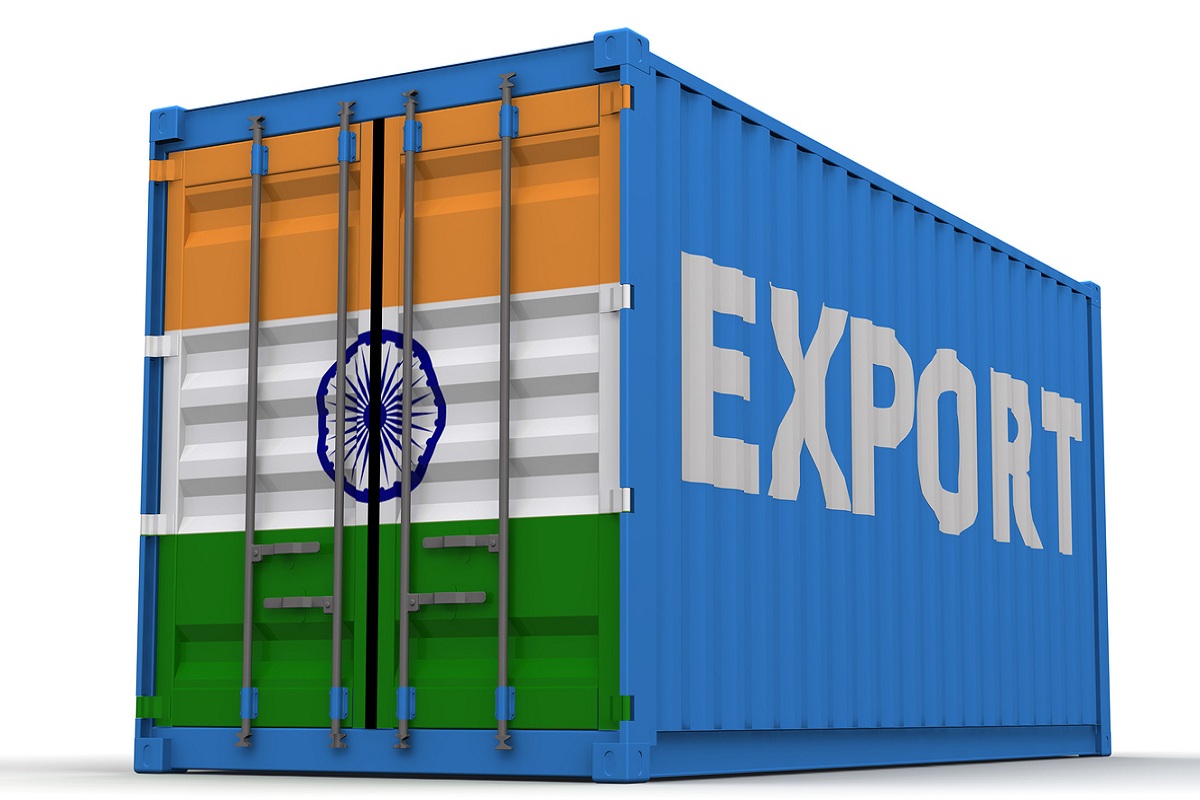India’s emergence as a formidable defence exporter marks a significant transformation in its global positioning, reflecting both strategic foresight and a proactive approach to industrial growth. Over the past decade, India’s defence exports have skyrocketed, growing more than 30 times and reaching over 90 countries. This shift is not just a testament to the government’s focus on boosting indigenous manufacturing but also to India’s ability to cater to the growing global demand for affordable yet reliable defence equipment. At the heart of this transformation is the government’s push to simplify the licensing process and actively promote defence exports.
This policy shift has allowed Indian companies, both public and private, to expand their reach and compete on the global stage. The variety of defence products now being exported ~ from small arms and ammunition to advanced drones and fast-attack vessels ~ demonstrates the versatility and capability of India’s defence industry. One of the most notable aspects of this growth is the emergence of the US as India’s largest defence export destination. American companies, particularly defence giants, have increasingly sourced systems, subsystems, and parts from India.
Advertisement
This shift is largely driven by offset commitments, which require these companies to source a portion of their production from the countries they sell to. However, it also reflects India’s growing reputation as a reliable manufacturing hub for defence components. The success of joint ventures between Indian companies and global defence giants underscores the progress India has made in becoming a critical part of global supply chains. For example, a partnership of a global giant with Indian companies has resulted in the production of critical components for helicopters and transport aircraft. These collaborations not only enhance India’s manufacturing capabilities but also position the country as a crucial player in the global defence market.
However, while the current growth in defence exports is impressive, the real test of India’s emergence as a major defence exporter lies in its ability to sell high-value systems on a larger scale. Recent deals, such as the BrahMos missile sale to the Philippines and the supply of artillery guns to Armenia, are encouraging signs. Yet, the challenge remains in replicating these successes with other countries, especially in regions like Africa, West Asia, and the Asia-Pacific region, where there is a growing demand for affordable, high-quality defence products. The Narendra Modi government’s ambitious target of reaching $5 billion in defence exports by 2025 is within reach if India continues to expand its defence ecosystem.
This includes not only manufacturing but also establishing itself as a hub for maintenance, repair, and overhaul (MRO) services. By doing so, India can ensure that its defence industry remains competitive and continues to attract global attention. The road ahead is challenging, but with continued focus and innovation, India is wellpositioned to become a leading player in the global defence market. The world is watching, and India must be ready to deliver.









